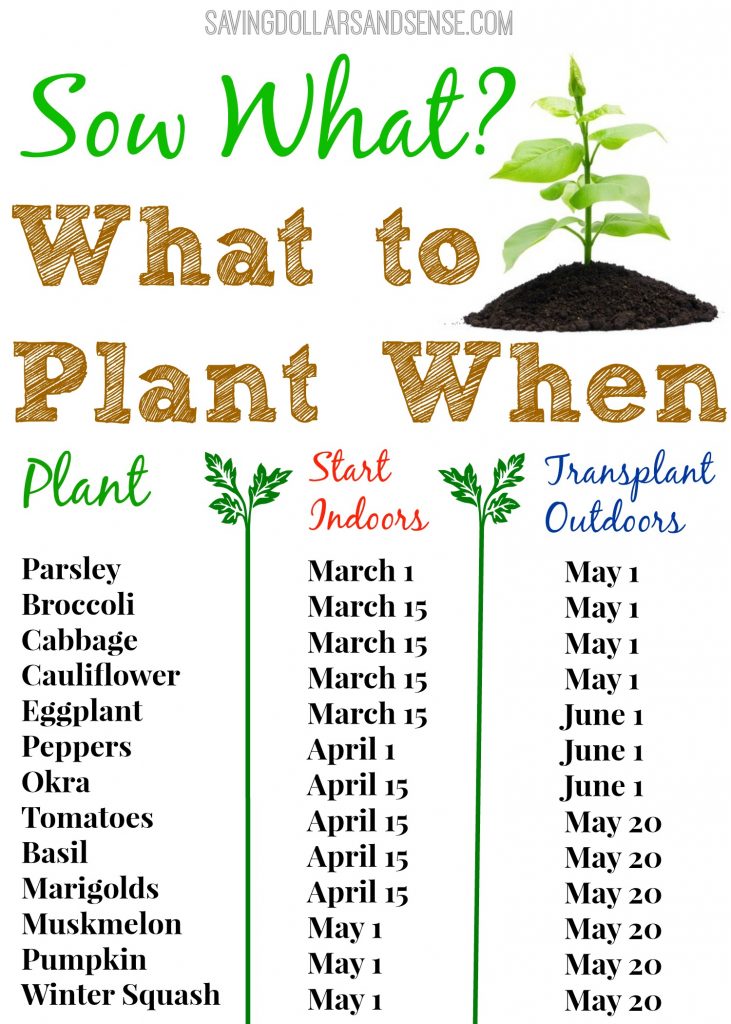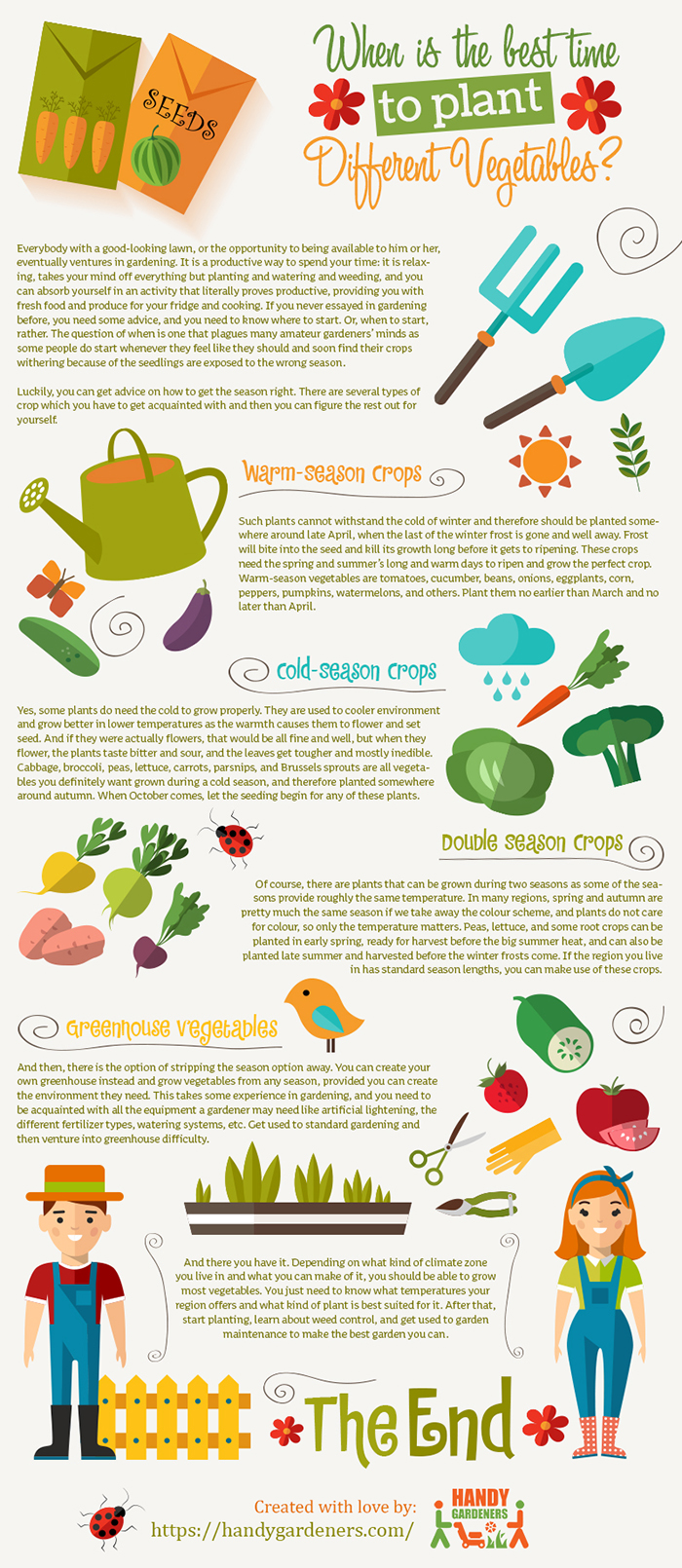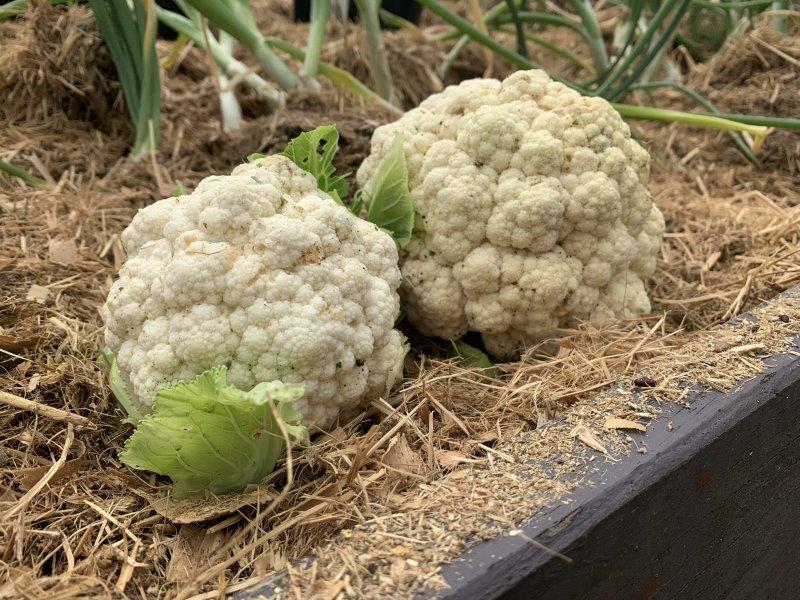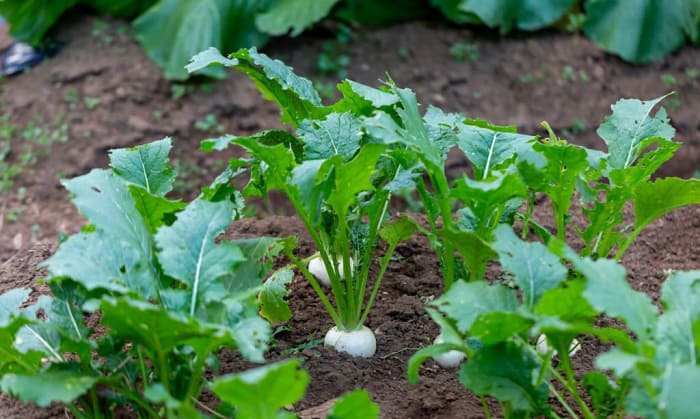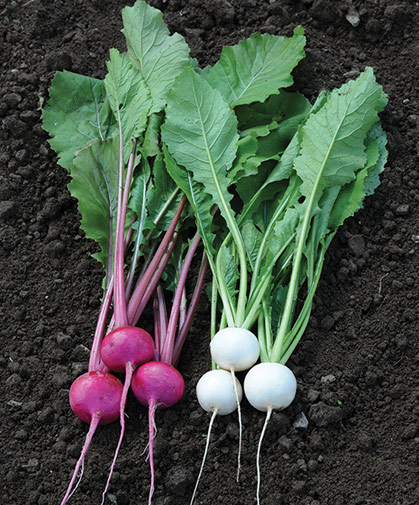Understanding the Life Cycle of Turnips
Turnips are a cool-season crop, and their life cycle is influenced by factors such as temperature, moisture, and daylight hours. The life cycle of turnips can be divided into several stages: germination, growth, and maturity. Understanding these stages is crucial to determine when is the best time to plant turnips for optimal growth and harvest.
The germination period for turnips typically lasts between 7-14 days, during which the seeds sprout and develop their first set of leaves. After germination, the seedlings enter the growth stage, which can last anywhere from 40-70 days, depending on the variety and growing conditions. During this stage, the plants develop their root system, produce leaves, and form a bulb.
As the plants mature, they enter the harvest stage, which usually occurs within 60-90 days of sowing. At this stage, the turnips are ready to be harvested, and the timing of the harvest is critical to ensure optimal flavor, texture, and quality. If turnips are left in the ground for too long, they can become woody and fibrous, making them less palatable.
When considering when is the best time to plant turnips, it’s essential to take into account the specific variety, climate, and region. In general, turnips prefer cooler temperatures, and the ideal time to plant them is in early spring or late summer/early fall, when the temperatures are between 40°F and 75°F (4°C and 24°C). Planting turnips at the right time ensures optimal growth, reduces the risk of pests and diseases, and results in a bountiful harvest.
How to Choose the Best Planting Time for Your Climate
When it comes to determining the best time to plant turnips, climate plays a crucial role. Temperature, moisture, and daylight hours are all essential factors to consider when deciding when to plant turnips. Understanding these factors will help you determine when is the best time to plant turnips in your specific region.
Temperature is one of the most critical factors in determining the optimal planting time for turnips. Turnips prefer cooler temperatures, typically between 40°F and 75°F (4°C and 24°C). In areas with mild winters, turnips can be planted in late winter to early spring, while in regions with harsh winters, it’s best to wait until the soil has warmed up in late spring.
Moisture is another essential factor to consider when planting turnips. Turnips require consistent moisture, especially during the germination and growth stages. In areas with low rainfall, it’s best to plant turnips in the spring or fall when the soil is typically more moist. In regions with high rainfall, turnips can be planted in the summer, but it’s essential to ensure the soil drains well to prevent waterlogged soil.
Daylight hours also play a role in determining the best planting time for turnips. Turnips require at least 6 hours of direct sunlight per day, but they can tolerate partial shade. In areas with short daylight hours during the winter months, it’s best to plant turnips in the spring or fall when the days are longer.
To determine the best planting time for your specific climate, consider the following tips:
- Check the average temperature and rainfall patterns in your area to determine the best time to plant turnips.
- Consult with local gardening experts or check with your county extension office for specific advice on planting turnips in your region.
- Use a planting calendar or app to help you determine the best planting time for turnips based on your location and climate.
By considering these factors and tips, you can determine when is the best time to plant turnips in your specific climate and region, ensuring a successful and bountiful harvest.
The Benefits of Planting Turnips in Different Seasons
Turnips can be planted in various seasons, each with its unique benefits and challenges. Understanding the advantages and disadvantages of planting turnips in different seasons can help you determine when is the best time to plant turnips for your specific needs.
Spring Planting
Spring is an excellent time to plant turnips, as the cooler temperatures and increased moisture create ideal conditions for growth. Spring-planted turnips tend to be sweeter and less prone to bolting (premature flowering). Additionally, spring planting allows for a longer growing season, resulting in larger, more flavorful turnips.
Summer Planting
Summer planting can be challenging for turnips, as the hot temperatures and dry soil can lead to bolting and reduced flavor. However, some turnip varieties are specifically bred for summer production and can thrive in warmer conditions. Summer-planted turnips are often harvested in as little as 40 days, making them an excellent choice for succession planting.
Fall Planting
Fall is another excellent time to plant turnips, as the cooler temperatures and increased moisture create ideal conditions for growth. Fall-planted turnips tend to be less prone to pests and diseases, and the cooler temperatures result in a sweeter, more flavorful crop.
Winter Planting
Winter planting is possible in regions with mild winters, and can be an excellent way to extend the turnip harvest season. Winter-planted turnips are often harvested in late winter to early spring, and can be used as a fresh, flavorful addition to winter meals.
When deciding when to plant turnips, consider the specific benefits and challenges of each season. By choosing the right season for your climate and needs, you can enjoy a bountiful harvest of delicious, nutritious turnips.
Preparing the Soil for Optimal Turnip Growth
Soil preparation is a crucial step in growing turnips. Turnips require a well-draining, fertile soil with a pH between 6.0 and 7.0. To create an ideal environment for turnips, it’s essential to test and amend the soil before planting.
Soil pH
Turnips prefer a slightly acidic to neutral soil pH. If the soil pH is too high or too low, it can affect the availability of essential nutrients for the turnips. To test the soil pH, use a soil testing kit or send a sample to a laboratory for analysis. Based on the test results, add lime to raise the pH or sulfur to lower it.
Nutrient Levels
Turnips require a balanced diet of nutrients to grow well. The essential nutrients for turnips include nitrogen, phosphorus, potassium, and calcium. To determine the nutrient levels in the soil, use a soil testing kit or send a sample to a laboratory for analysis. Based on the test results, add fertilizers or organic matter to adjust the nutrient levels.
Soil Structure
Turnips prefer a well-draining, loose soil with a good structure. To improve the soil structure, add organic matter such as compost or well-rotted manure. This will help to break up clay soils and improve the drainage.
How to Test and Amend the Soil
To test the soil, follow these steps:
- Collect a soil sample from the area where you plan to plant the turnips.
- Use a soil testing kit or send the sample to a laboratory for analysis.
- Based on the test results, add lime, sulfur, fertilizers, or organic matter to adjust the soil pH and nutrient levels.
- Mix the amendments into the soil according to the manufacturer’s instructions.
By preparing the soil properly, you can create an ideal environment for your turnips to grow. This will help to ensure a healthy and productive crop, and maximize your harvest.
Common Mistakes to Avoid When Planting Turnips
Planting turnips can be a rewarding experience, but it’s not without its challenges. To ensure a successful harvest, it’s essential to avoid common mistakes that can lead to poor turnip growth or failure. Here are some common mistakes to avoid when planting turnips:
Planting Too Early or Too Late
Planting turnips at the wrong time can lead to poor growth or failure. Turnips prefer cooler temperatures, so planting them too early in the spring or too late in the fall can result in bolting (premature flowering) or reduced growth. Make sure to check the average frost dates for your area and plant turnips at the right time.
Inadequate Soil Preparation
Turnips require a well-draining, fertile soil with a pH between 6.0 and 7.0. Inadequate soil preparation can lead to poor growth, reduced yields, and increased susceptibility to pests and diseases. Make sure to test and amend the soil before planting turnips.
Insufficient Moisture
Turnips require consistent moisture, especially during the germination and growth stages. Insufficient moisture can lead to poor growth, reduced yields, and increased susceptibility to pests and diseases. Make sure to provide turnips with adequate moisture, but avoid overwatering, which can lead to root rot and other problems.
Incorrect Spacing
Turnips require proper spacing to grow well. Planting them too close together can lead to reduced growth, increased competition for resources, and increased susceptibility to pests and diseases. Make sure to plant turnips at the correct spacing, usually 2-4 inches apart, depending on the variety.
Not Providing Support
Some turnip varieties can grow quite large and may require support to prevent them from toppling over. Not providing support can lead to reduced growth, increased susceptibility to pests and diseases, and reduced yields. Make sure to provide turnips with support, such as a trellis or cage, if necessary.
By avoiding these common mistakes, you can ensure a successful harvest of delicious and nutritious turnips. Remember to always check the specific growing requirements for the variety of turnip you are planting, and happy gardening!
Turnip Varieties: Choosing the Right Type for Your Needs
Turnips are a versatile crop that come in a variety of shapes, sizes, and colors. With so many different types of turnips to choose from, it can be overwhelming to decide which one is right for your needs. In this section, we’ll explore the different types of turnips, their characteristics, growth habits, and uses.
White Turnips
White turnips are one of the most common varieties of turnips. They have a white or pale yellow skin and a crunchy, sweet flesh. White turnips are great for eating raw or cooked and are a popular choice for salads, slaws, and soups.
Purple Top Turnips
Purple top turnips are a popular variety of turnip that has a distinctive purple top and a white or pale yellow bottom. They have a slightly sweet flavor and a crunchy texture. Purple top turnips are great for eating raw or cooked and are a popular choice for salads, slaws, and soups.
Golden Turnips
Golden turnips are a sweet and flavorful variety of turnip that has a golden yellow skin and a crunchy, sweet flesh. They are great for eating raw or cooked and are a popular choice for salads, slaws, and soups.
Japanese Turnips
Japanese turnips are a small, sweet variety of turnip that has a white or pale yellow skin and a crunchy, sweet flesh. They are great for eating raw or cooked and are a popular choice for salads, slaws, and soups.
Ornamental Turnips
Ornamental turnips are a variety of turnip that is grown for its colorful, decorative foliage rather than its edible roots. They come in a range of colors, including purple, pink, and white, and are a great choice for adding a pop of color to your garden or landscape.
When choosing a variety of turnip, consider the following factors:
- Climate: Different varieties of turnips are better suited to different climates. Make sure to choose a variety that is suitable for your region.
- Soil: Turnips prefer well-draining, fertile soil. Make sure to choose a variety that is suitable for your soil type.
- Use: Consider how you plan to use your turnips. If you want to eat them raw, choose a variety that is sweet and crunchy. If you want to cook them, choose a variety that is high in starch and has a more robust flavor.
By choosing the right variety of turnip for your needs, you can enjoy a bountiful harvest of delicious and nutritious turnips.
Creating a Turnip Planting Schedule for Your Garden
Creating a turnip planting schedule can help you plan and manage your turnip crop effectively. A well-planned schedule can ensure that you have a continuous supply of turnips throughout the growing season. Here’s a step-by-step guide on how to create a turnip planting schedule for your garden:
Step 1: Determine Your Climate and Region
Before creating a planting schedule, it’s essential to determine your climate and region. This will help you understand the best time to plant turnips in your area. Check the average frost dates for your region and plan your planting schedule accordingly.
Step 2: Choose the Right Variety
Choose a turnip variety that is suitable for your climate and region. Consider factors such as maturity days, growth habits, and disease resistance. Make sure to choose a variety that is resistant to common turnip diseases in your area.
Step 3: Plan for Successive Plantings
Turnips are a cool-season crop and can be planted in early spring or late summer/early fall. Plan for successive plantings every 1-2 weeks to ensure a continuous supply of turnips. This will also help to prevent pests and diseases from building up.
Step 4: Consider Crop Rotation
Crop rotation is essential for maintaining soil health and preventing pests and diseases from building up. Rotate your turnip crop with other cool-season crops such as broccoli, cauliflower, or kale.
Step 5: Plan for Companion Planting
Companion planting can help to improve the growth and health of your turnip crop. Plant turnips with other crops that complement their growth habits, such as carrots, beets, or radishes.
Step 6: Create a Planting Schedule
Using the information gathered above, create a planting schedule for your turnip crop. Make sure to include the following information:
- Planting date
- Variety
- Maturity days
- Spacing
- Companion planting
Example Planting Schedule:
| Planting Date | Variety | Maturity Days | Spacing | Companion Planting |
|---|---|---|---|---|
| March 15 | White Turnip | 60 days | 2-3 inches | Carrots |
| April 1 | Purple Top Turnip | 70 days | 3-4 inches | Beets |
| September 1 | Golden Turnip | 50 days | 2-3 inches | Radishes |
By following these steps and creating a turnip planting schedule, you can ensure a bountiful harvest of delicious and nutritious turnips.
Monitoring and Maintaining Your Turnip Crop
Monitoring and maintaining your turnip crop is crucial to ensure a bountiful harvest. Regular inspection and timely intervention can help prevent pests and diseases from damaging your crop. Here are some tips on how to monitor and maintain your turnip crop:
Pest Management
Turnips are susceptible to pests such as aphids, flea beetles, and root maggots. Regularly inspect your crop for signs of pest infestation and take action promptly. Use organic or integrated pest management methods to control pests, such as introducing beneficial insects or using neem oil.
Disease Prevention
Turnips are also susceptible to diseases such as club root, powdery mildew, and downy mildew. Regularly inspect your crop for signs of disease and take action promptly. Use crop rotation, sanitation, and fungicides to prevent and control diseases.
Nutrient Supplementation
Turnips require adequate nutrients to grow well. Regularly inspect your soil for nutrient deficiencies and supplement with organic or synthetic fertilizers as needed. Use soil testing kits or consult with a gardening expert to determine the best fertilizer for your turnip crop.
Regular Inspection
Regularly inspect your turnip crop for signs of stress, pests, and diseases. Check for yellowing or browning leaves, stunted growth, and unusual odors. Take action promptly to address any issues that arise.
Timely Intervention
Timely intervention is crucial to preventing pests and diseases from damaging your turnip crop. Take action promptly when you notice any issues, and use integrated pest management methods to control pests and diseases.
By monitoring and maintaining your turnip crop regularly, you can ensure a bountiful harvest of delicious and nutritious turnips. Remember to stay vigilant and take action promptly to address any issues that arise.


